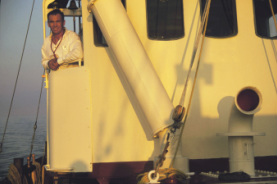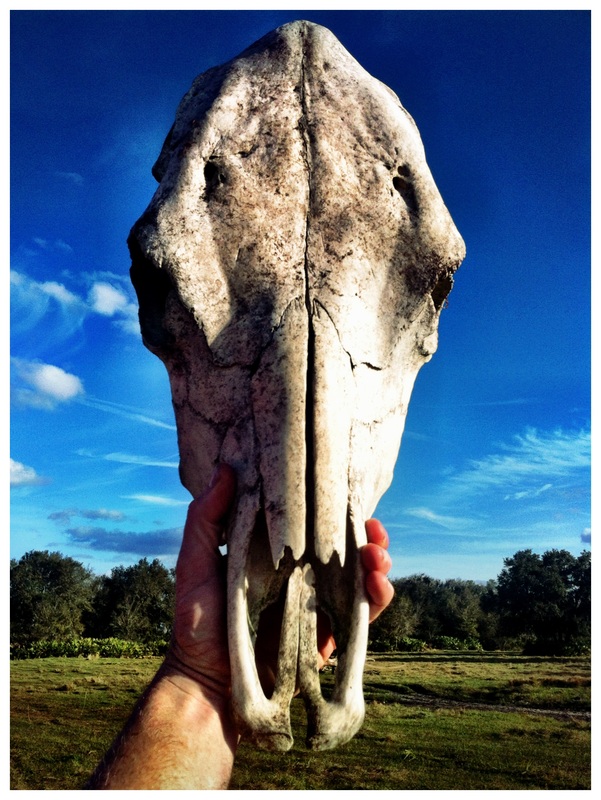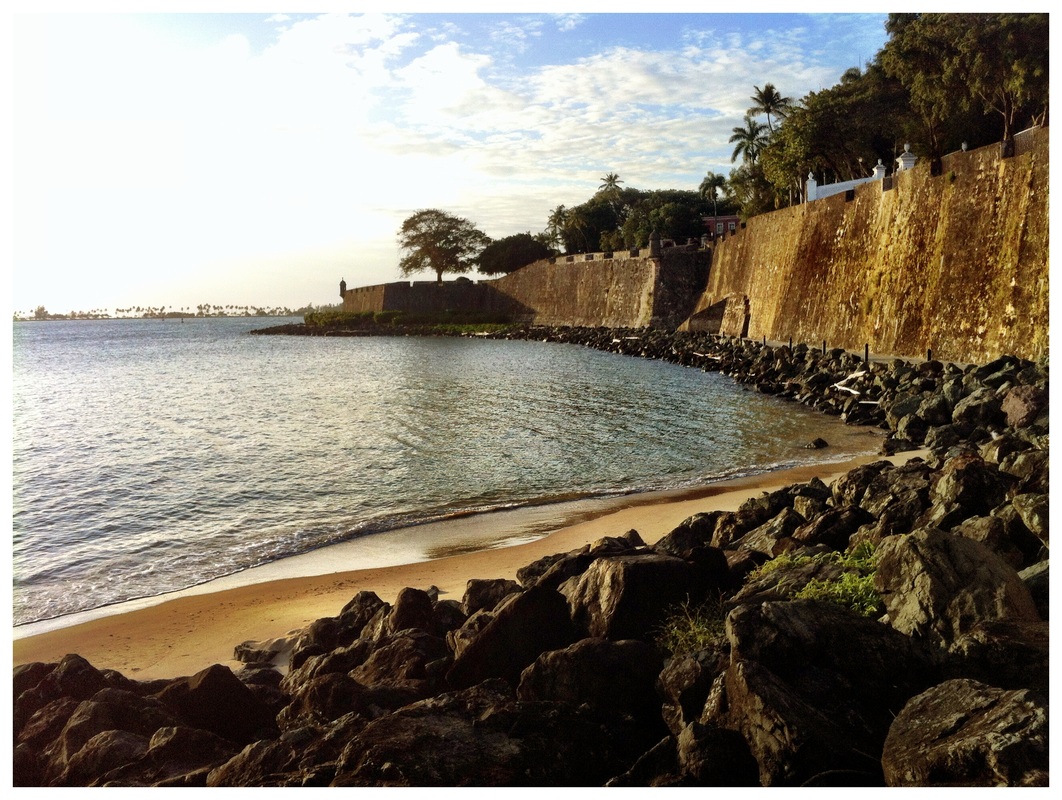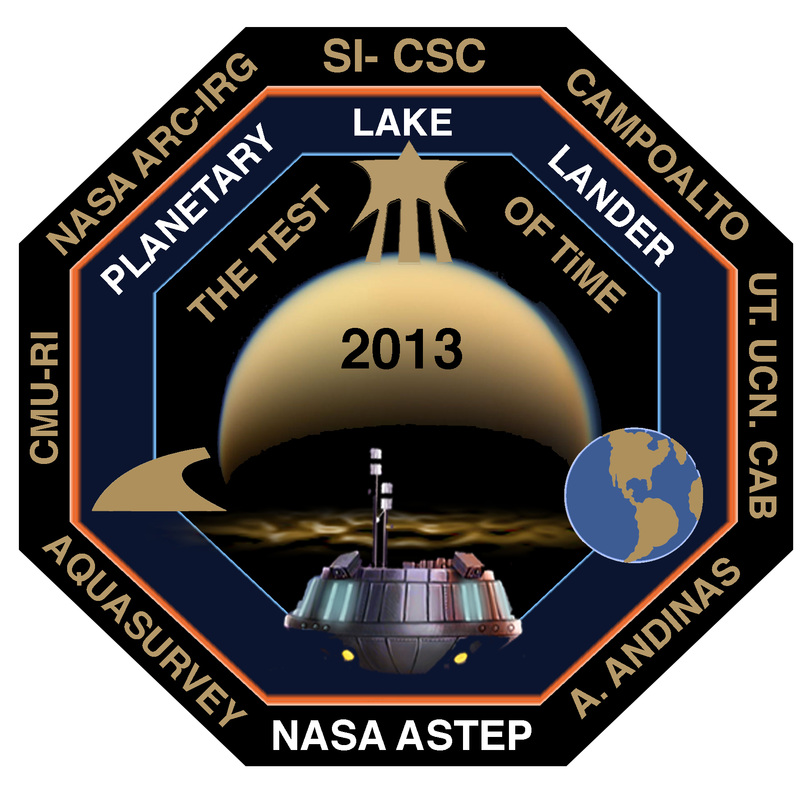Its because Antarctica is a white desert, and meteorites are dark colored or black. Lots of meteorite finds in Saharan desert regions of Libya and Algeria for the same reason. They just sit there on the surface for thousands of years waiting for someone to wonder why there is a black rock sticking out of the landscape like a sore thumb.
In Florida, or Angola, or Thailand, a space rock impact is more likely to penetrate the surface, be covered during a rain storm, blend in with a darker soil, or rust away before anybody notices it, according to Sean Scrivens, ASI Principal Geophysicist ( and break out Reality TV Star) . They might be there, just not visible to the human eye, and maybe oxidizing in a moist environment.
What chance is there that the tools that ASI's team use for Mapping Unexploded Ordnance or Lost Cultural Heritage items can be used to locate iron or stony/iron meteorites on random open patches of farm or ranch land?
Lets find out.

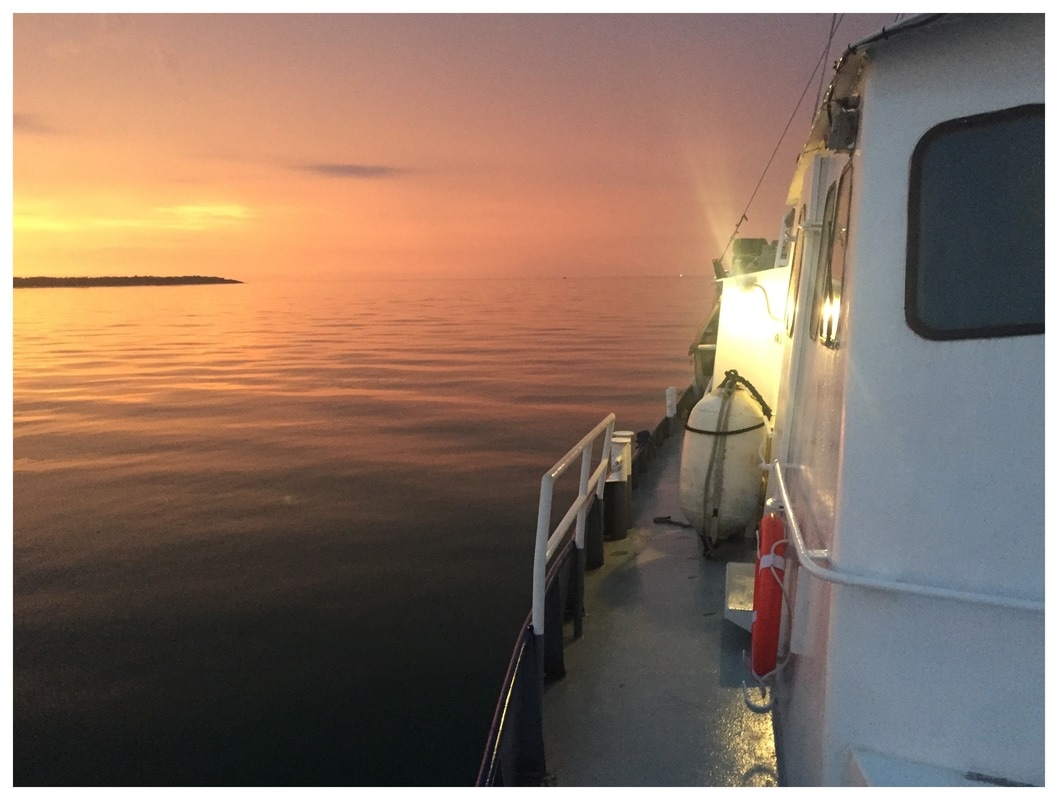
 RSS Feed
RSS Feed
